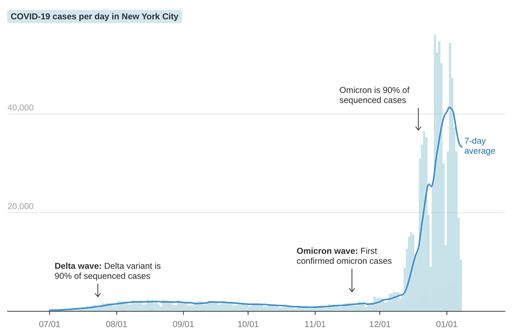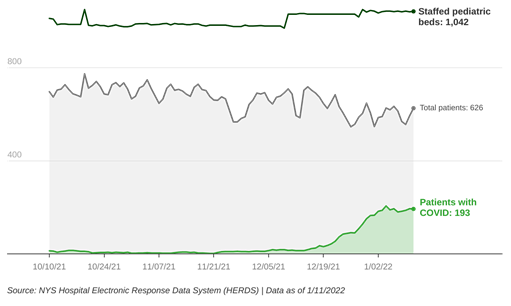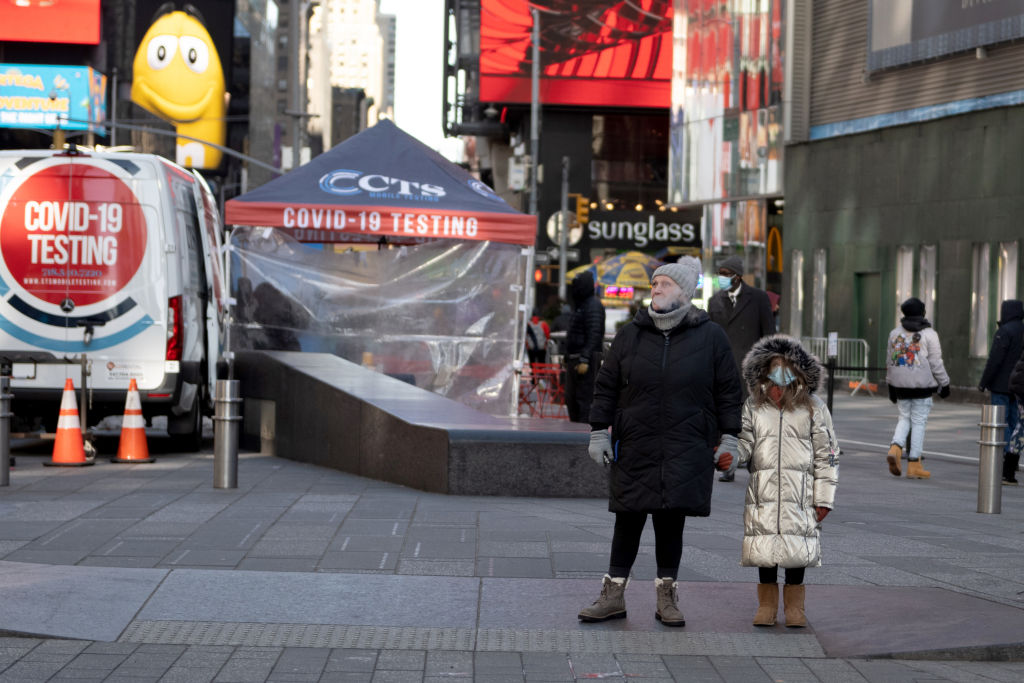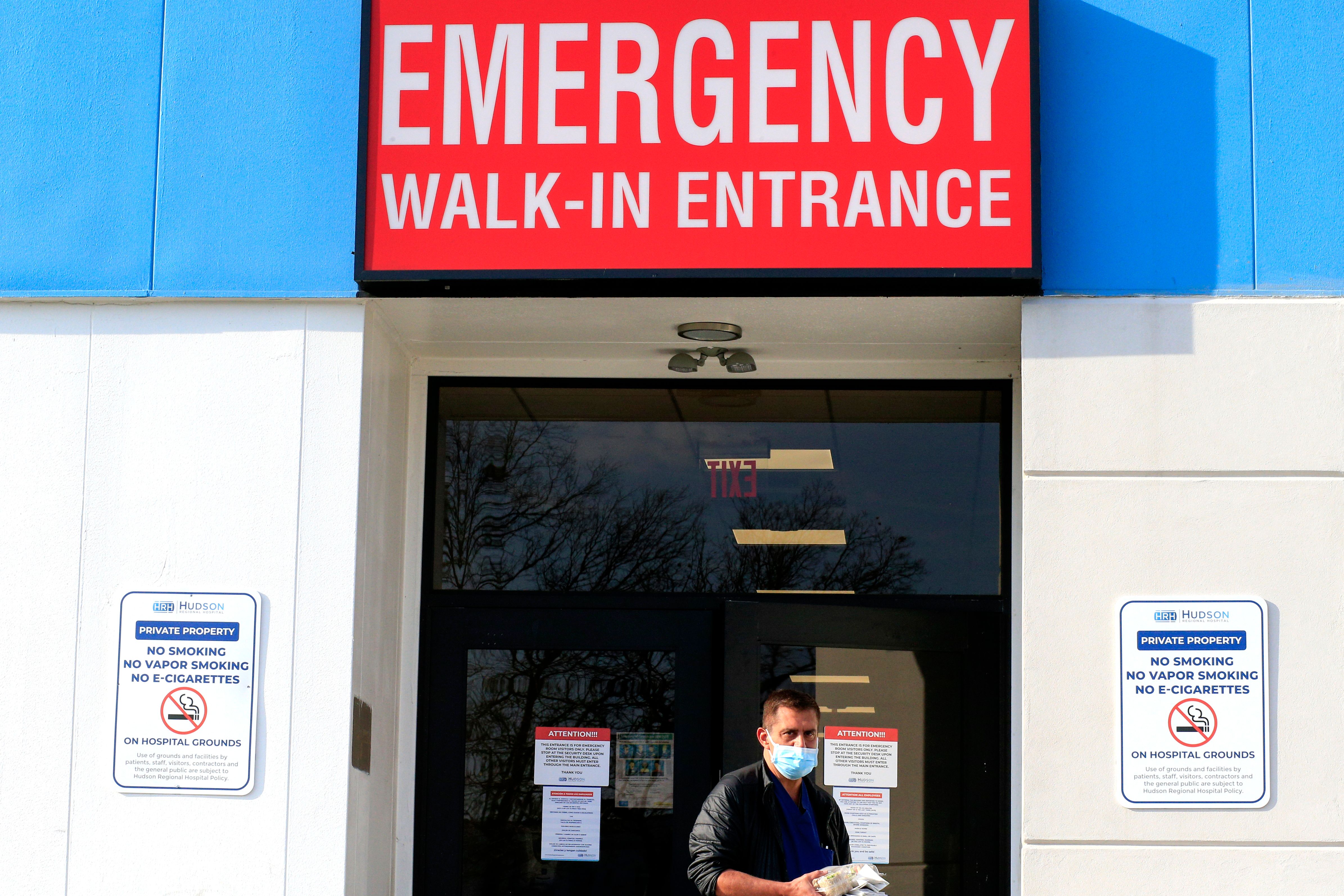Seemingly everyone knows somebody who got sick from the omicron COVID variant over the past few weeks, and now the city has the numbers that prove just how much is spread in such a short amount of time.
The NYC Health Department released a new report that showed just how contagious omicron is, as preliminary findings showed that the variant infected more people in New York City more quickly than at any other point during the pandemic. The week leading up to Christmas, the variant had already accounted for nearly all COVID samples in the city.
It was a stunning and meteoric rise that came about rapidly, becoming the dominant variant in the city in just five weeks after it was first detected, the city report found. The delta variant was not the dominant strain until 20 weeks after first detection in the city, four times longer than omicron.

Get Tri-state area news and weather forecasts to your inbox. Sign up for NBC New York newsletters.
The good news is that the data also backs up the belief that while omicron was leading to more infections, the cases themselves overall were not as serious for most. The city report found that just two percent of reported COVID cases resulted in hospitalization between Dec. 18 and Jan. 8 — a far lower percentage than over the summer, when delta was the dominant variant. From July 17 to Aug. 8, nearly five percent of cases in the city resulted in hospitalization.

Due to the sheer number of COVID infections over the past month, however, the total number of hospitalizations was higher than it was at delta's peak. In the city, as is the case elsewhere, those most likely to be hospitalized are those who are not vaccinated — eight times more likely, the report found.
Additionally, a higher proportion of Black New Yorkers and those over the age of 75 were hospitalized. The report also stated that the differences in health outcomes among racial and ethnic groups is a result of long-term structural racism, not biological or personal traits.
The proportion of people hospitalized and requiring intensive care for COVID has plummeted as well, with about half as many patients going into city ICU departments as compared to winter 2020-2021, the report found. However, the total number of hospitalizations eclipsed last winter's total, and the number of COVID patients in the ICU is approached the peak from last winter — both of which again are due to the sheer number of people infected from omicron this time.
But the total number of all hospitalizations, for all reasons, has somewhat surprisingly remained stable in the city. That's good news for hospital staffs, which have been hit hard by isolation requirements and other staffing challenges.
Another major concern with the omicron surge had been pediatric hospitalizations, which saw a big jump in COVID cases, the health department found.
Similar to hospitals overall, pediatric hospitals did not see an overall increase in total hospitalizations, but rather saw a slight decrease, if anything. Unvaccinated kids between the ages of 5-17 years old were over four times more likely to be hospitalized, compared with all kids, said NYC Health Commissioner Dr. Dave Chokshi.




